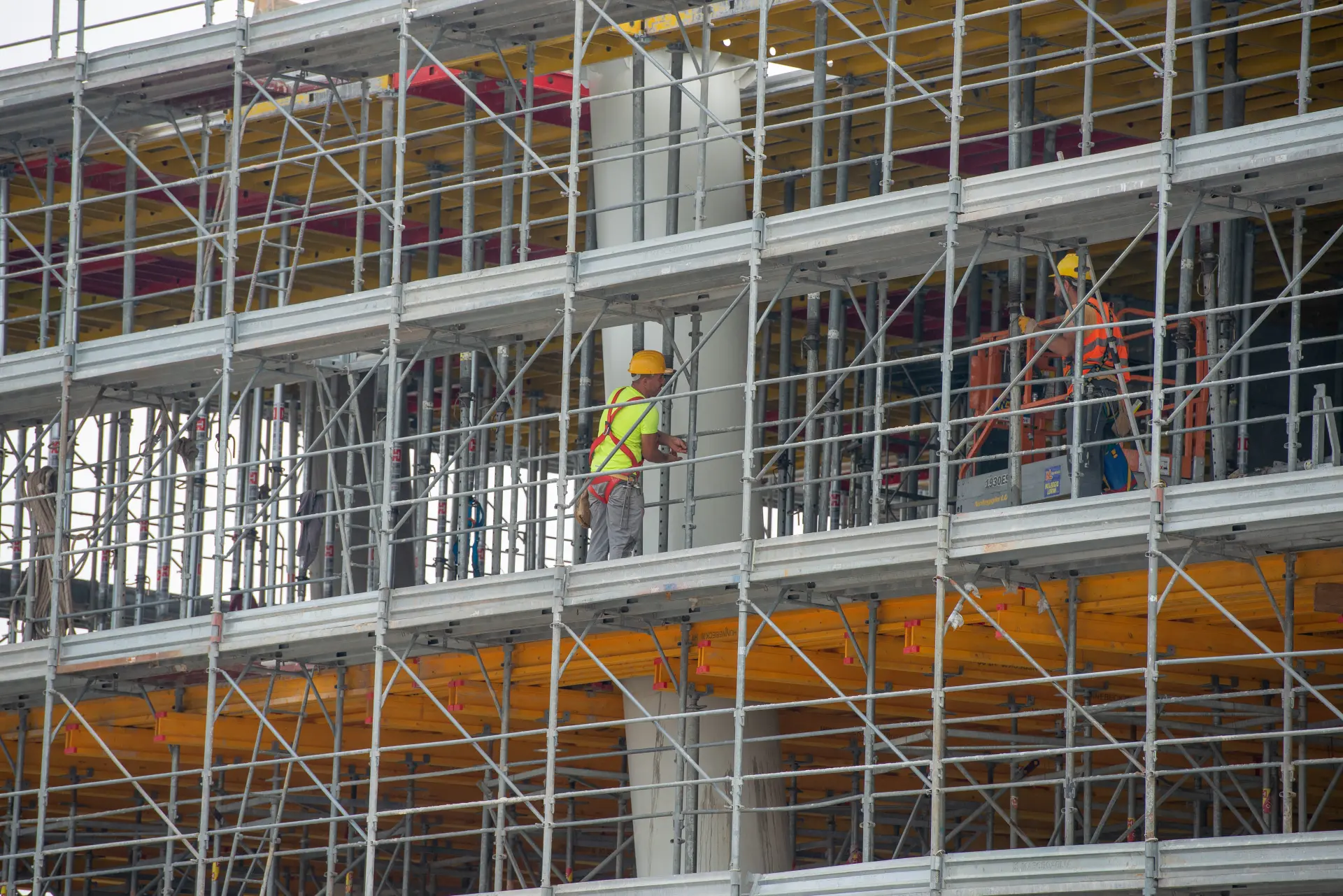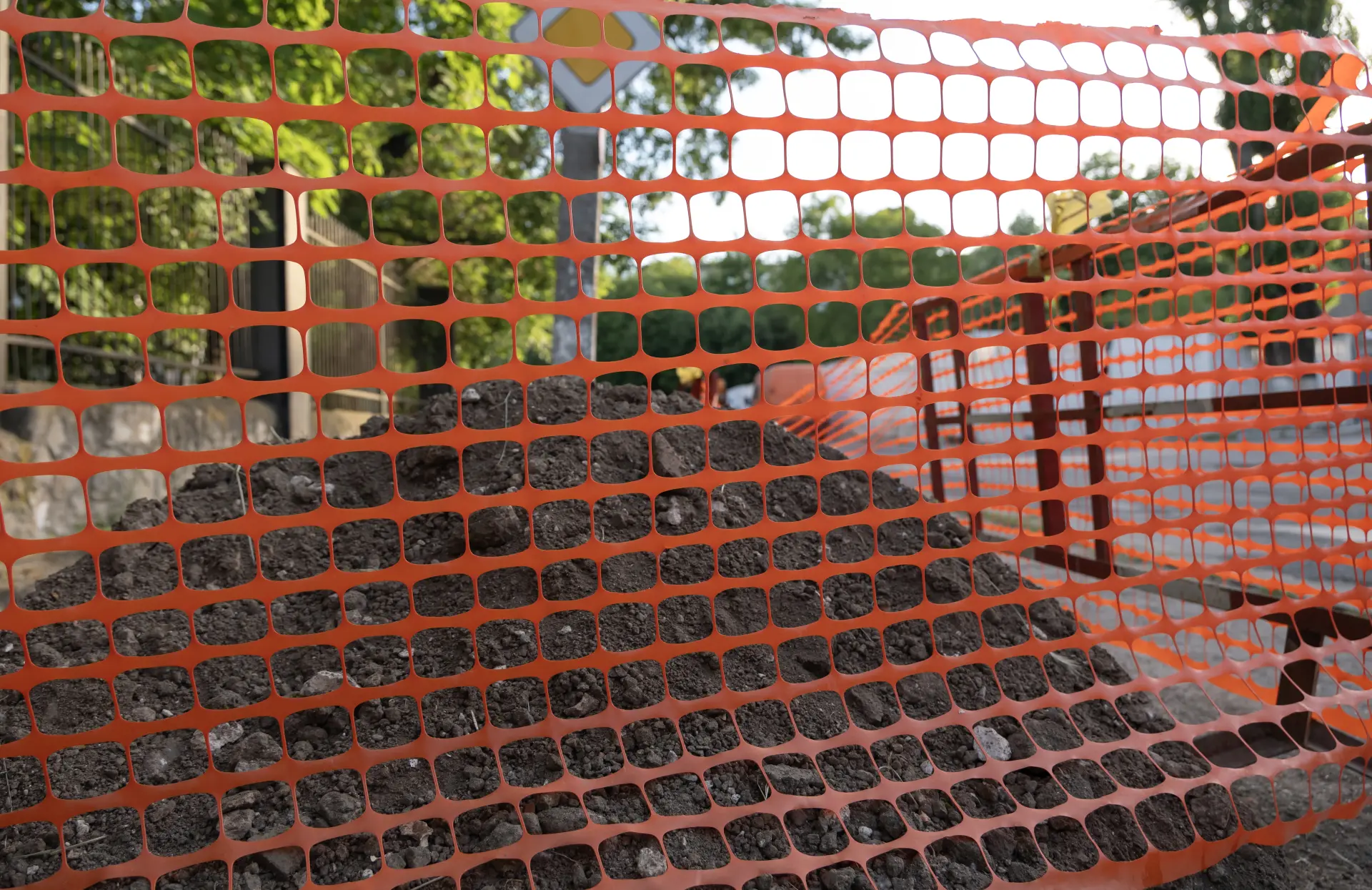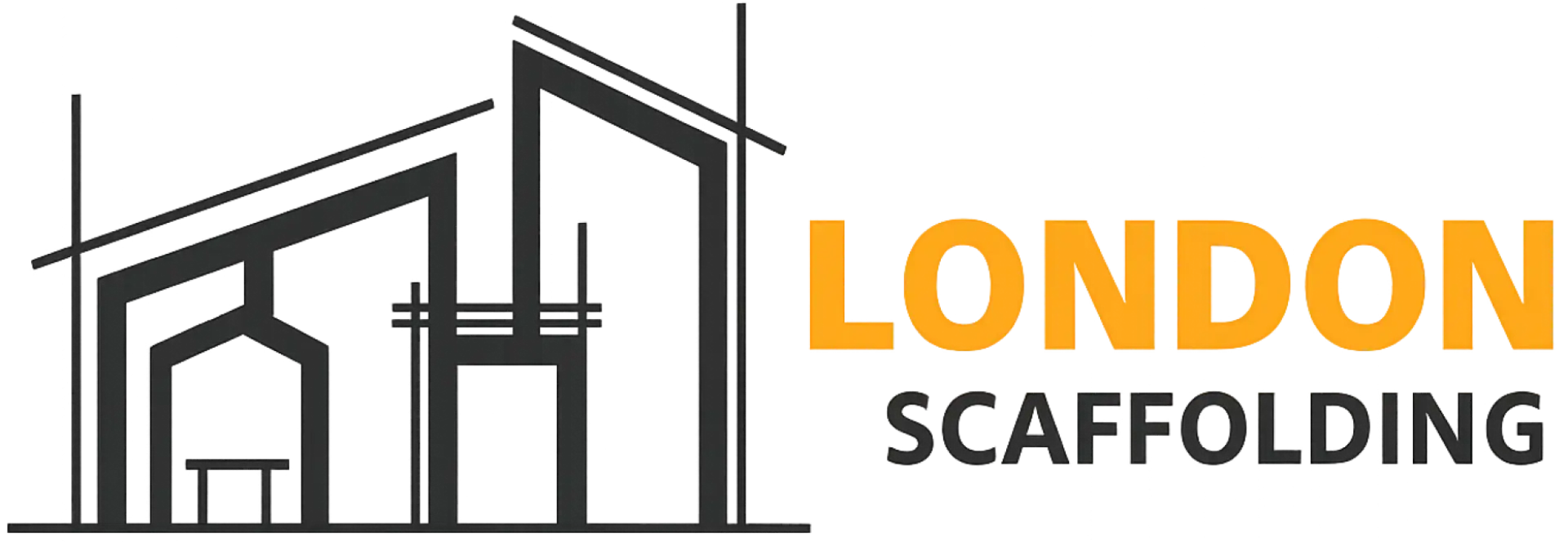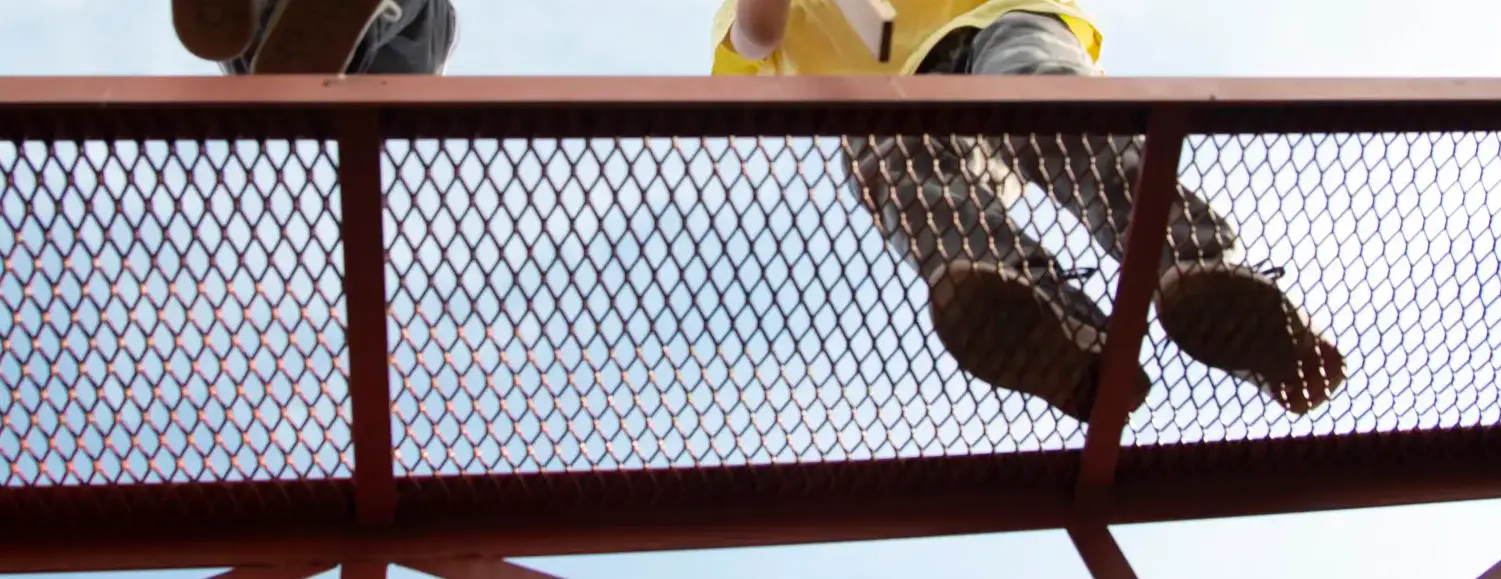The Purpose of Safety Netting in Construction
Safety netting plays an important role in protecting workers and the public on construction sites. It acts as a barrier designed to catch falling tools, materials, or even workers, helping to limit the risk of any serious injuries or damage. This makes it one of the most effective fall protection systems used in construction.
The main purpose of safety netting is to provide collective protection. Unlike harnesses or personal safety gear, which only protect individuals, netting covers larger areas, ensuring that everyone working above ground is shielded from potential falls or falling objects. This is especially important on high-rise or bridge projects where working at height is unavoidable.
Safety nets are usually made from strong, flexible materials that can absorb impact energy. When installed correctly, they create a safe working environment, allowing workers to focus solely on their tasks with much more confidence. Beyond protecting workers, they will also help you to meet the current health and safety rules, showing that your construction site follows strict safety standards.
Types of Construction Safety Netting
This type of netting is designed to catch workers if they fall from height. It is installed close to the working level and can safely absorb the impact of a fall, reducing the chance of serious injury. Fall arrest nets are commonly used in high-rise construction, roofing, and bridge projects where there is a high risk of falling. Debris netting is used to stop loose materials, tools, or building waste from falling to the ground. It is often attached to scaffolding or structures around the work area. This type of netting not only protects workers below but also keeps the public and nearby property safe from falling debris.

Edge protection nets provide extra safety along open sides or edges of buildings under construction. They act as both a guard and a catch system, preventing falls while stopping objects from dropping off the edge.
Scaffold netting covers the sides of scaffolding to create a safe enclosure. It helps limit wind hazards, keeps dust and debris contained, and provides an extra layer of protection for those working on or around the scaffold.
Vertical safety nets are installed like walls to block debris or protect walkways. Horizontal nets, on the other hand, are fixed below working platforms to catch falling workers or materials. Both types are widely used together on complex construction projects to ensure full coverage.
Installation and Maintenance
Safety netting must always be installed by trained professionals who understand safety standards and manufacturer guidelines. The nets are attached to secure anchor points using strong ropes or hooks that can support heavy loads. Each net must be positioned close to the working area to limit the distance a person or object could fall. Before use, every installation should be checked to make sure all fixings are secure and that the net is properly tensioned. Incorrectly fitted nets may sag or detach, reducing their ability to absorb impact. In many cases, site managers will inspect and sign off on the netting before work begins at height.
Safety nets need to be inspected regularly to identify any major or minor signs of wear, damage, or weakness. Exposure to sun, rain, and strong winds can cause materials to degrade over time, so routine checks make sure your net is reliable. Any net showing tears, frayed edges, or broken fixings must be repaired or replaced immediately. Nets should also be cleaned to remove any dust, cement, or sharp debris that could weaken the fibres or hurt a worker who falls into them. Proper storage when not in use is equally important. Nets should be kept dry, out of direct sunlight, and away from chemicals or sharp objects.
Safety Netting in Action
Safety netting is a very necessary part of real-life construction site safety. It offers plenty of protection in busy, high-risk environments where workers often operate at great heights or near the edges of structures. When installed correctly, it acts as a dependable safeguard that can make the difference between a close call and a serious accident.
On building sites, safety nets are usually placed beneath high work platforms, under scaffolding, or open floors so that they can catch anyone who might fall. This allows workers to move freely and confidently without being restricted by personal safety lines. It also helps teams work more efficiently, as they can cover larger areas while staying protected.

Safety netting is also useful for preventing any falling tools or materials from causing significant harm. For example, on multi-storey sites, debris nets are fixed around the edges of scaffoldings to stop objects from falling onto workers or pedestrians below. This not only improves the level of safety in your working environment but also helps to keep your site tidy and organised.
There are many examples of how safety netting has saved lives and prevented injury. From high-rise office blocks to bridge repairs, it continues to prove its value in protecting people and reducing downtime caused by accidents. In this way, safety netting is more than just a precaution; it is a major part of modern construction practice.
Why Safety Netting Should Be a Priority on Every Site
Safety netting should be a major consideration on every construction site, no matter the project size. It supplies a strong layer of protection that helps to avoid injuries, limit the risks, and support a safe working environment. Prioritising safety netting is not only about following regulations; it is about valuing the lives and well-being of your workers and others involved in your building project.
Falls are one of the most common causes of injury and death in construction. By fitting safety netting early in a project, site managers can greatly reduce this risk. It allows work to continue at height with confidence, knowing that an effective safety system is in place. This peace of mind leads to a more positive work atmosphere, where workers feel safe and supported.
Beyond protecting workers, safety netting also improves site efficiency. When the right safety measures are in place, your teams can then focus on completing tasks without unnecessary interruptions or concerns about hazards. It also helps companies avoid delays, fines, and legal issues linked to workplace accidents.
At London Scaffolding, we can supply, erect and inspect safe scaffolding structures. Whether you need supported, suspended, cantilever or mobile towers, or specific features for enhanced safety, such as safety netting, give us a call. We can provide what you need.

